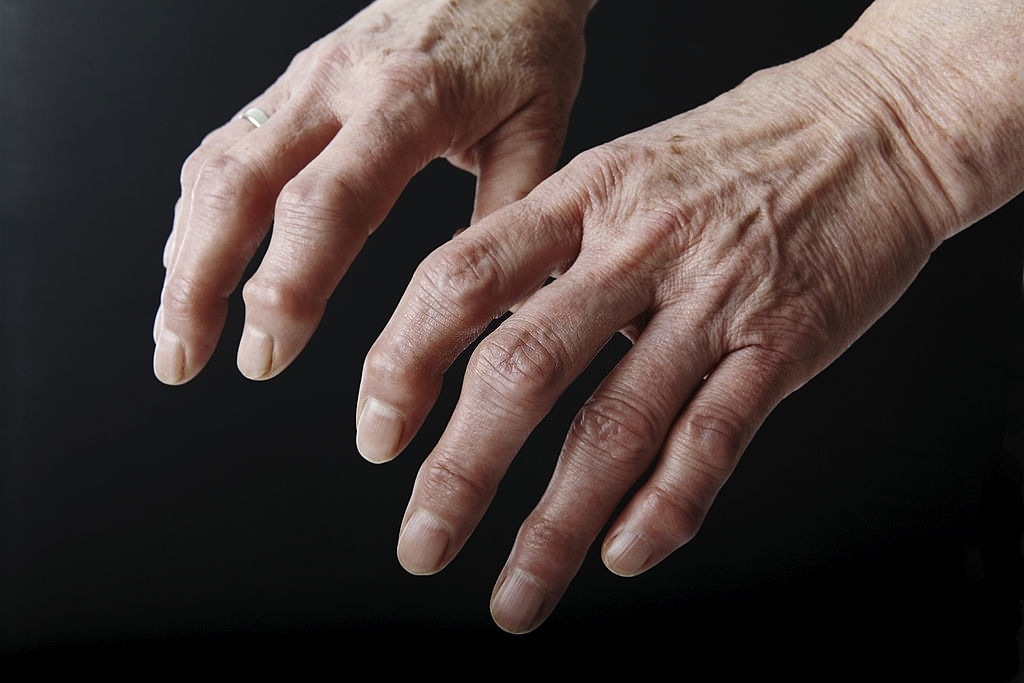Caulophyllum Thalictroides 4CH, 5CH, 7CH, 9CH, 12CH, 15CH, 30CH Boiron homeopathic granules
Registered medicine: EH00438
English name: BLUE COHOSH
Origin: Plant
Caulophyllum Thalictroides is a homeopathic strain produced from the roots of Blue Ginseng or Blue Colosh. It is indicated mainly in rheumatology, obstetrics and gynecology . Most often, doctors prescribe it to help women prepare for childbirth and during labour. But it is also used to treat painful menstruation and rheumatic pain in the phalanges. The dilution, the number of granules to be taken to constitute a dose and the frequency of taking are determined according to each case.
Indications and Dosage
Homeopathic medicines Tubes granules or doses globules can be used in various symptoms, so it is not possible to determine the indications and the dose of a specific preparation.
Caulophyllum Thalictroides is effective during late pregnancy and in preparation for childbirth when uterine contractions begin to be felt. Its therapeutic effect during obstetric labor is remarkable because it facilitates childbirth. Indeed, it contributes to the dilation of the cervix and regulates the contractions of the uterine walls , thus making the pain felt during this phase more bearable. It is also indicated in the event that the obstetrical labor is interrupted and the cervix stops dilating for a certain period of time.
The homeopathic physician chooses the appropriate medicine, the appropriate dilution and dosage for the patient's state of health and characteristic symptoms.
The benefits of Caulophyllum thalictroides for the end of pregnancy and childbirth
The end of pregnancy can be a trying time for many women. This is why it is important to find natural solutions to facilitate childbirth. Caulophyllum thalictroides is a plant that can be used in combination with Actaea racemosa and Gelsemium sempervirens for optimal comfort during this period.
Regulation of uterine contractions
Caulophyllum thalictroides is known for its beneficial action on the regulation of uterine contractions. In association with Actaea racemosa and Gelsemium sempervirens, this plant helps prepare the pregnant woman's body for childbirth by regulating uterine contractions. This action also relieves pain associated with contractions.
Promotion of dilation of the cervix
In addition to regulating uterine contractions , Caulophyllum thalictroides, Actaea racemosa and Gelsemium sempervirens also help promote dilation of the cervix. This action is particularly important because it facilitates childbirth by allowing the baby to pass more easily through the vaginal canal.
Ease of childbirth
Thanks to their regulatory action on uterine contractions and their ability to promote dilation of the cervix , Caulophyllum thalictroides, Actaea racemosa and Gelsemium sempervirens facilitate childbirth. This ease allows the pregnant woman to experience this event in a more serene and less painful way.
Advice for use and instructions for use
To prepare for childbirth, five granules of Caulophyllum Thalictroides 9 CH should be taken twice a day during the week preceding the DPA (Probable Date of Delivery). During labor, if the cervix retains its rigidity and there is a possibility of uterine inertia, five granules of Caulophyllum Thalictroides 9 CH every fifteen minutes are sufficient, but when the opening of the cervix reaches two centimeters, one can take plus 5 granules of Actaea racemosa 9 CH every fifteen minutes. To reduce the intensity of uterine contractions and to space out their frequency, 5 granules of Caulophyllum thalictroides 9 CH are combined with 5 granules. Nausea, vomiting, bloating and fatigue are among the many ailments that occur during pregnancy and which create certain frustrations. in pregnant women. To relieve cramps, it is recommended to takeCuprum arsenicosum 9 CH and an antispasmodic.
Remove the tab, invert the tube and gently pull the cap. Turn the tube to drop the desired number of granules into the cap and then place the granules under the tongue. It is advisable not to touch the homeopathic granules or globules with your fingers.
In conclusion, Caulophyllum thalictroides is a very beneficial plant for the end of pregnancy and childbirth . Combined with Actaea racemosa and Gelsemium sempervirens, it helps regulate uterine contractions, promote dilation of the cervix and facilitate childbirth. These plants offer a natural solution to live this period in all serenity.
The globules in the dose tubes are absorbed all at once by letting them dissolve slowly under the tongue. For lack of dose, take 10 granules of the same dilution.
Do not take astringent substances within half an hour before taking homeopathic medicines such as coffee, tobacco, camphor, mint and chamomile.
Use toothpaste without mint (such as Homéodent Boiron, toothpaste compatible with taking homeopathic granules).
Packaging and content: Translucent granule tube (allows you to see the remaining granules). Weight 4g. About 80 pellets.
Precaution of use
Caution
Contains sucrose. Store homeopathic medicines Caulophyllum Thalictroides away from light, heat, humidity and any source of emanation and perfumes.
Give homeopathic pellets to babies and children
For Caulophyllum Thalictroides 4CH, 5CH, 7CH, 9CH, 12CH, 15CH, 30CH granules dissolve them in 100ml of water. The granules being very long to dissolve, it is necessary to prepare your mixture in advance.
Homeopathy and pregnancy
Homeopathic medicines have no chemical toxicity, contraindications, interactions with other medicines, or adverse effects related to the quantity of product ingested. Pregnant women can treat themselves without known risk for them and their future child with Boiron Caulophyllum Thalictroides granules, but it is best to seek advice.
Frequency of use of homeopathy
In acute conditions, it is advisable to take Caulophyllum Thalictroides homeopathic remedies every hour until the symptoms improve. Therefore, it is necessary to space out the doses, 3 or 4 times a day, then to stop gradually.
In chronic conditions, remedies in low dilution (> 9CH) are taken 1 to 2 times a day, basic remedies are taken once a week, or even once a month. This decision is up to the homeopath.
What to do if there is no improvement within 24 hours
Some pathologies cannot be treated in homeopathy by simple self-medication. Their seriousness requires medical advice that can be issued by a homeopathic doctor. This doctor will judge whether your condition can be cured by homeopathy alone or whether your treatment must be supplemented by allopathy.




















